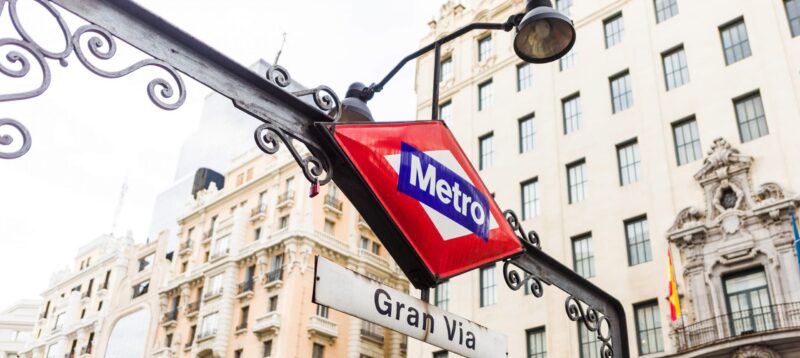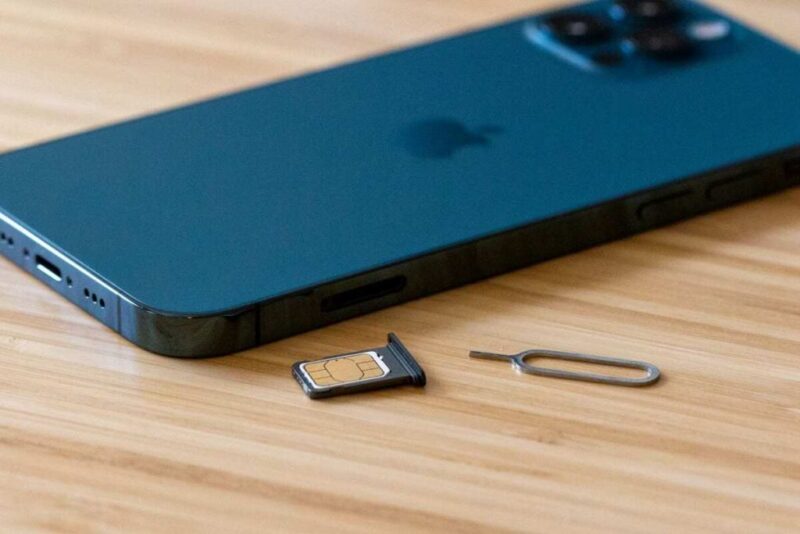You have planned a trip to Madrid and are now wondering what you should be prepared for when you arrive – where is the best place to get euros and an internet connection and how to move around?
It’s easy to get flights from New York – Madrid by AirEuropa and to get at the airport in Madrid – but then?
How to move around Madrid?

To move around Madrid we recommend public transport, metro and bus are perfect for getting around the capital of Spain. To use these transports you will need to buy (compulsorily) the card Transporte Público Multi with which you can charge single tickets, 10-trip tickets or the tourist pass. This rechargeable card can be purchased for 2.5 euros in the automatic machines of Metro de Madrid or in tobacco shops and authorized commercial establishments.
You also have the suburban trains, ideal for getting to know the surroundings.
The car, however, is only recommended for longer trips, as it is not easy to park in the capital and traffic is horrendous at rush hour.
Where to get euros upon arrival in Spain?
Many countries, including Spain, accept credit cards in most stores. However, you should never rely on them – it is always good to have some cash with you. You can find out the best places to change or withdraw money in Madrid here.
Madrid Airport

Changing currency at airports is very convenient, but it is not cheap. The exchange offices of this place of passage among travelers usually have a very negative exchange rate, so it is not very convenient to stick to this option.
The managers of these places want to get a good profit margin for each operation and, as airports are places where thousands of people pass through every day, they establish measures to make the business of buying foreign currency very profitable.
Exchange Houses

Exchange houses are another option to change cash into a foreign currency. They can be found in the airports themselves or in the cities, but they will be very different depending on their location.
Each establishment offering this service has its own conditions and commissions, but in general those located on city streets are usually the most convenient. Likewise, exchange houses located in crowded areas may be the least suitable. The differences between them can be significant, either in terms of rates or exchange rates.
Unlike banks, exchange offices handle many types of international currencies, including those that are not defined as convertible currencies, so they make available about 50 currencies from different countries.
Traditional banks at home
Banks are a common resource to get foreign currency, as they are reliable and our usual branch manager will assist us. However, it is necessary to plan ahead, since you have to ask for the change, wait for the money to arrive and then go to the bank to pick it up.
Another negative point of the banks is the commission they charge for the operation. These fees depend on each bank and can be somewhat high, around 3%. Also, it is necessary to take into account the exchange rate that they establish, which can also be very unfavorable. It should be noted that many banks only sell convertible currencies.
Getting connected in Spain: How to get a SIM card

In the age of global connectivity, facing the uncertainty of being disconnected during a trip can generate a sense of unease and worry that we have all surely experienced at some point. For example, you are about to embark on a unique adventure to a wonderful country like Spain. However, amidst the excitement of planning your itinerary and packing your bags, you are plagued by a nagging concern: how will you be connected in the country?
Get a fiscal SIM card at the airport
As soon as you land in Madrid and pass through customs, you will notice a lot of shops and kiosks in the arrivals area that may sell you a SIM card. These shops often carry SIM cards from the main Spanish mobile operators – such as Movistar, Vodafone, Orange, and Yoigo. Have in mind that airport kiosks might have slightly higher prices compared to downtown stores. You should also check the validity period and the amount of data.
eSIM for easy an online experience
The acquisition of eSIM cards is positioning itself as a key alternative to maintain mobile connectivity abroad without incurring the high costs or complications of traditional roaming. You should know that virtual SIM cards offer significant advantages over roaming options and physical SIM cards – but not all smartphones have the option yet.
The eSIM has also the advantage of activating a specific data plan for your travel destinations quickly by just scanning a QR code, without having to physically replace the SIM card in your phone. In addition, you can pay digitally from anywhere in the world. This enables a smooth transition between countries and regions, adapting to the needs of those making multiple stopovers or planning extended stays abroad. Before purchasing an eSIM, make sure your phone supports this technology. Many recent smartphone models support it.
Among the main advantages of the eSIM is the MultiSIM feature, which allows the same number to be used on multiple devices. In fact, this integrated or embedded chip allows users to store up to ten different profiles, optimizing the management of multiple lines and facilitating portability.
Do you tip in Spain?

Although in other countries tipping is regulated and obligatory, in Spain it is different and you can choose not to leave any extra money. However, although it is not a formal rule, restaurants expect a 10% tip on each final bill, which is significantly lower compared to other places.
As it is not compulsory, most Spaniards decide whether or not to leave a tip depending on the service they have received. However, this means that in some places they decide to apply it to the final bill, so it is advisable to check it thoroughly before paying.

